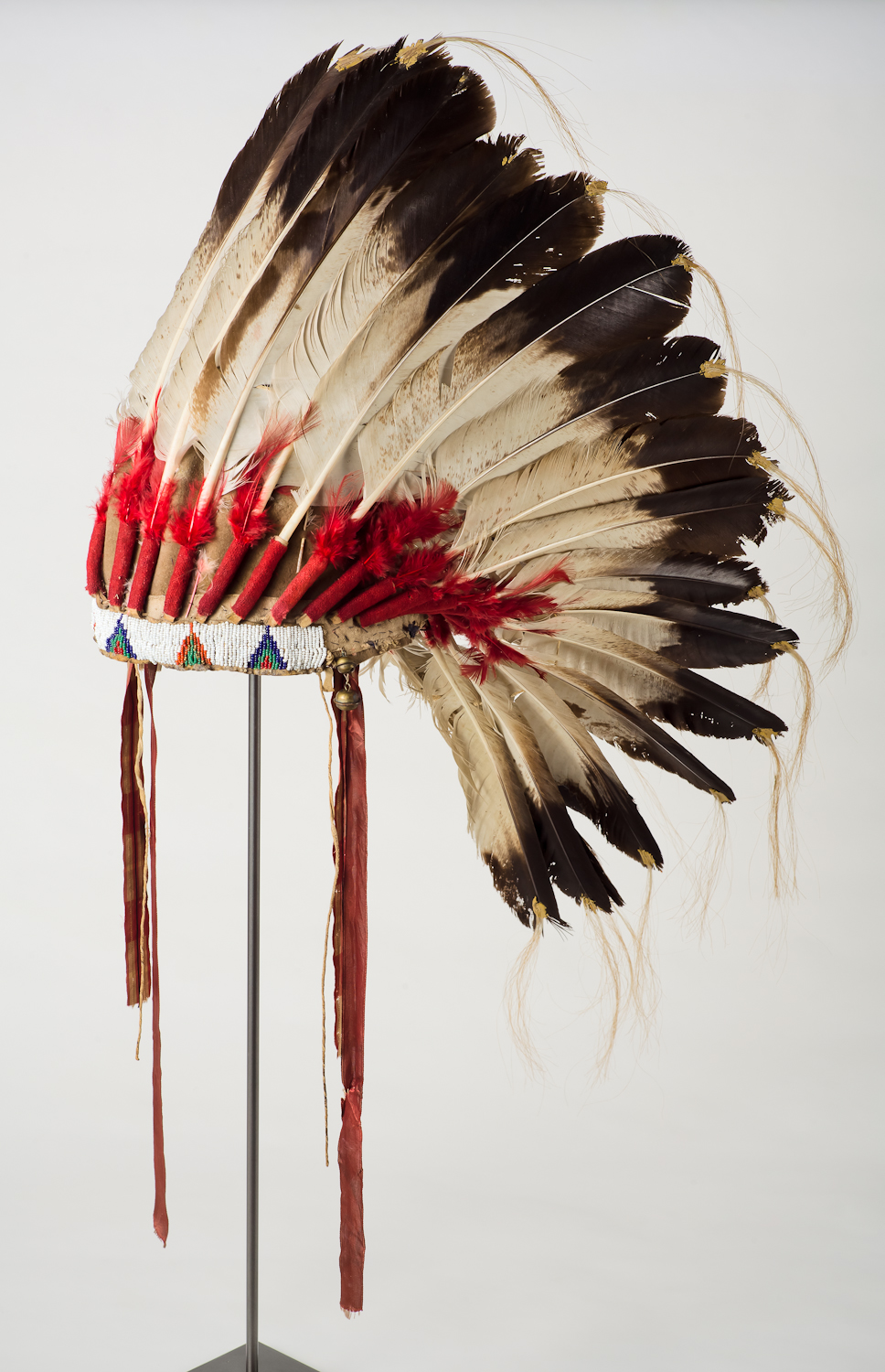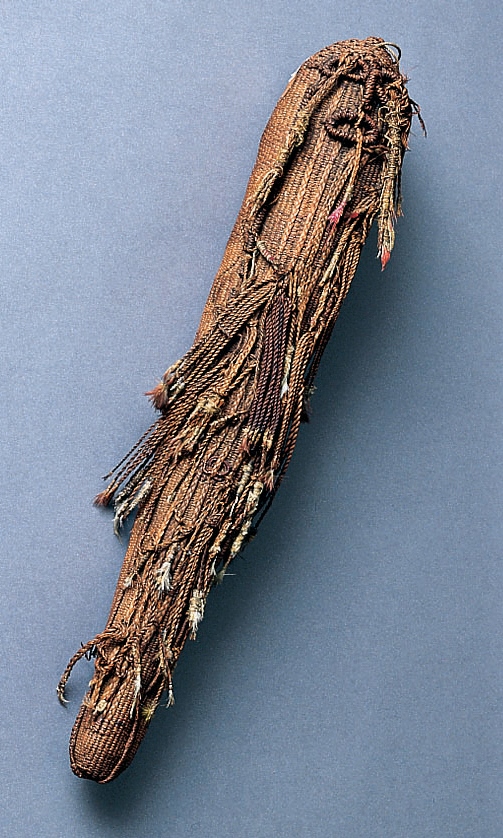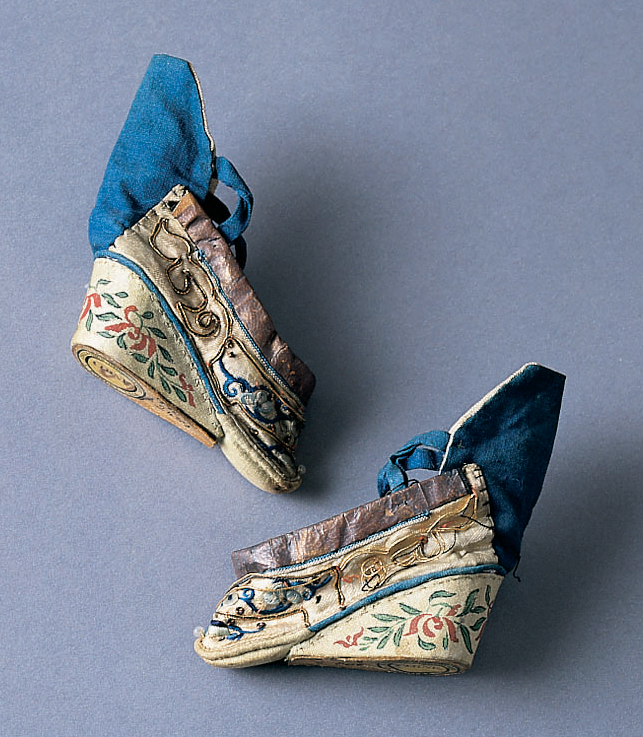The natural history museum of Lille possesses one of the richest ethnography collections of France, within which are preserved unique and extremely rare pieces.
How was the ethnography collection made up?
The ethnographical collections of the museum find their origin in a private collection built up in the first half of the 19th century by Alphonse Moillet (1802-1850). When he died, his family left his collection (about 2,000 pieces) to the City of Lille.
During the second half of the 19th century, numerous purchases and donations added up to the initial collection, particularly the ones from Charles Phalempin concerning Oceania and from the general Faidherbe concerning West Africa. These 5,500 works constitute the old collection which was combined with the museum in 1990.
Since then, the Ethnography department has set up a dynamic enhancement policy, focused on the 5 continents, and today it manages about 13,000 objects illustrating the diversity and the richness of cultures from around the world.
The ethnography collection today
The geographical origin of the pieces is diverse and expands on the five continents: 4,200 objects come from Africa, 3,855 from America, 2,150 from Asia, 1,375 from Oceania and 1,100 from Europe.
These objects illustrate the main areas of activity of the people from around the world: spiritual life, hunting and gathering, costumes, social life, etc.
These objects which are not permanently exhibited are often loaned to numerous institutions in France but also abroad. They are exhibited in the museum during temporary exhibitions.


